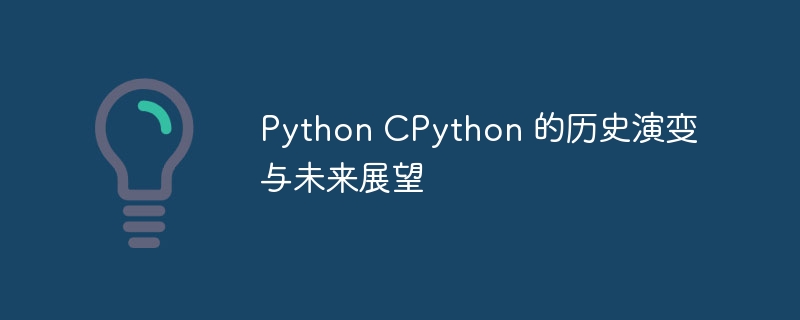

The birth of CPython
The history ofCpython can be traced back to 1991, created by Dutchprogrammer Guido van Rossum. At that time, Python was just a hobbyproject used to handle some simple scripting tasks. However, over time, Python's power and flexibility were gradually recognized, and it gradually developed into a widely used programming language.
In order to improve the operating efficiency of Python, Guido Van Rossum developed the CPython interpreter in 1993. CPython is written in C language, which compiles Python code into bytecode, which is then interpreted and executed by the virtual machine. This approach greatly improves the execution speed of Python, allowing it to handle more complex computing tasks.
The evolution of CPython
CPython has undergone several major evolutions since its inception to meet growing needs. Some of the key milestones include:
Advantages of CPython
CPython, as the official implementation of the Python language, has the following advantages:
Demo code:
The following code demonstrates how to use the CPython interpreter to run a Python program:
# 使用 CPython 解释器运行 Python 代码
import sys
# 检查 Python 解释器的版本
print(sys.version)
# 运行 Python 程序
print("Hello, world!")The future of CPython
The future development direction of CPython is mainly focused on the following aspects:
in conclusion
CPython is the cornerstone of the Python language. It has experienced long-term evolution and is constantly optimized and improved. It's efficient, cross-platform, has a rich library, and an active community, making it the interpreter of choice for developers. In the future, CPython will continue to evolve with a focus on performance, concurrency, type annotations, and machine learning integration to meet growing programming needs.
The above is the detailed content of Python CPython's historical evolution and future prospects. For more information, please follow other related articles on the PHP Chinese website!




